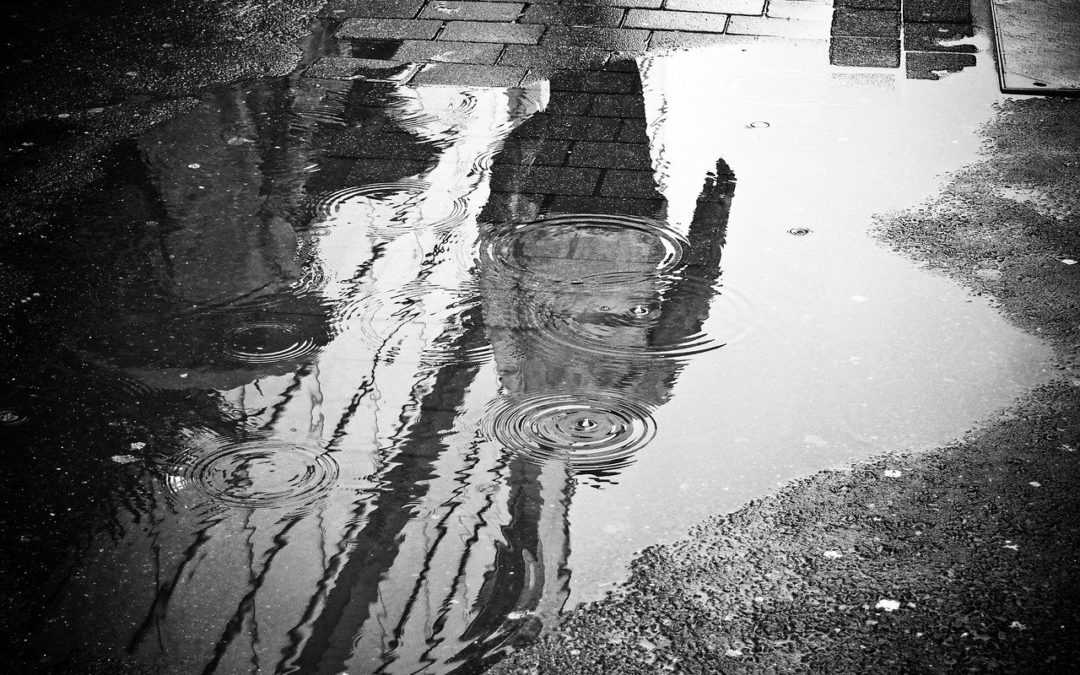Water arrives at your home from either a well or municipal water supply. It is used for drinking, bathing, washing, and household cleaning, and then the wastewater is carried away to your septic system. While this may sound neat and orderly, there is an uncontrolled amount of water arriving on your property – increased rainfall due to climate change. According to scientists, most areas of the United States are experiencing increased rainfall and will continue to do so in the years to come. You may recognize it as it fills your basement or floods your drain field.
If your existing system is insufficient to control stormwater on your property, there are a variety of steps you can take.
First, you can move the water around by redirecting it to lawn and garden areas where it will drain into the soil away from your home. Planting trees and ground cover plants can soak up water and slow runoff. Setting a rain garden – a bowl shaped area of your lawn that can hold water and water friendly plants, can slow the flow of water, or you can install porous pavers for hardscape areas such as walkways or driveways. Each of these steps can help manage water on your property.
When these steps are insufficient, you might consider a dry well as a means to control the amount of surface water in your yard. A dry well captures stormwater and drains it from the surface to well below ground. Most dry wells are 30 to 70 feet deep and 3 feet wide on the surface. They are lined with a perforated casing and can be filled with rock or gravel or left empty. They usually include pretreatment to remove contaminants to avoid clogging the well or contaminating groundwater.
There are many aspects of drywell siting, installation and maintenance of a dry well that call for the choice of an experienced and skilled installer. Choose someone familiar with the regulation and permitting required by local authorities. Many states and municipalities have ordinances relating to placement and design of drywells. Choose someone who knows your area and the groundwater patterns it presents. The design of your dry well will include pretreatment systems. Choose a contractor who is familiar with the systems that work best in your area.
Finally, dry wells need to be inspected several times per year to ensure that they are functioning properly and safely. Choose someone who is likely to be available for the future to ensure proper maintenance of your system. SoCal Plumbers 911 is here for any and all maintenance needs.
As climate change increases the rainfall throughout most of the United States and development reduces areas of natural drainage, control of the water around your home becomes as important as the control of the water inside your home.


